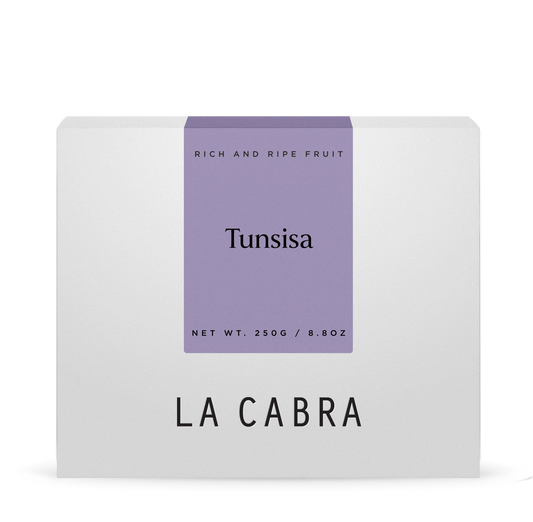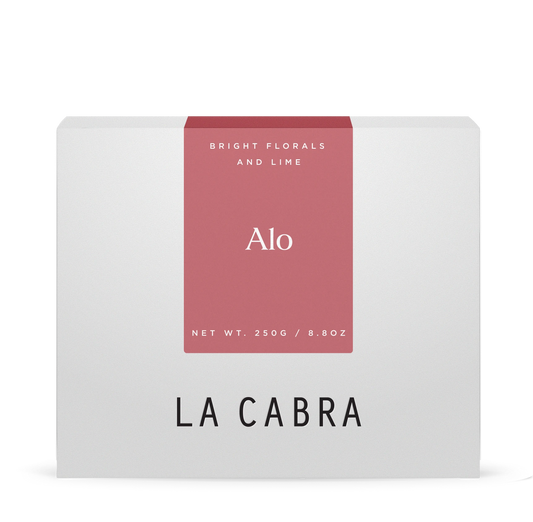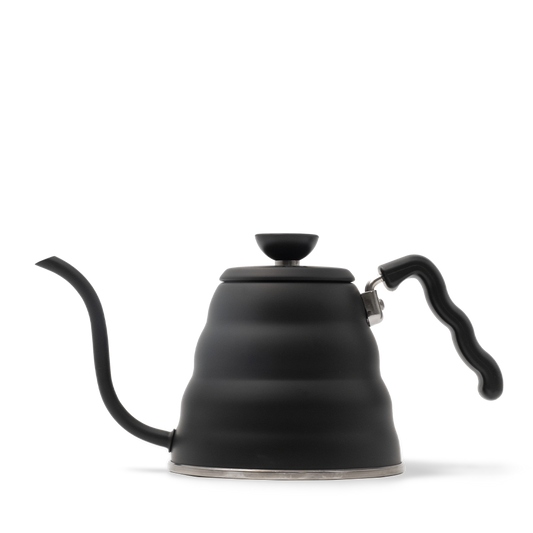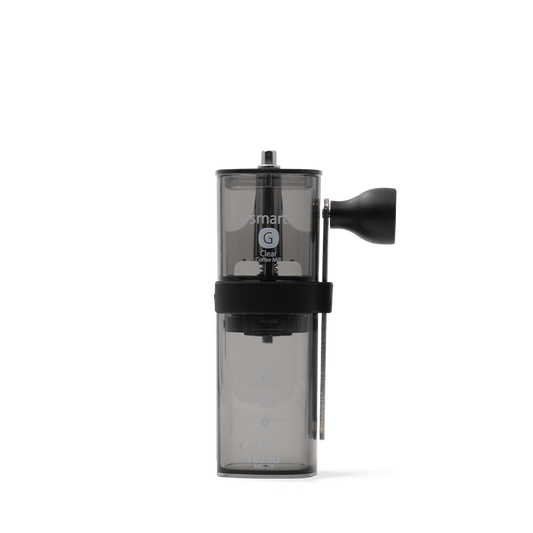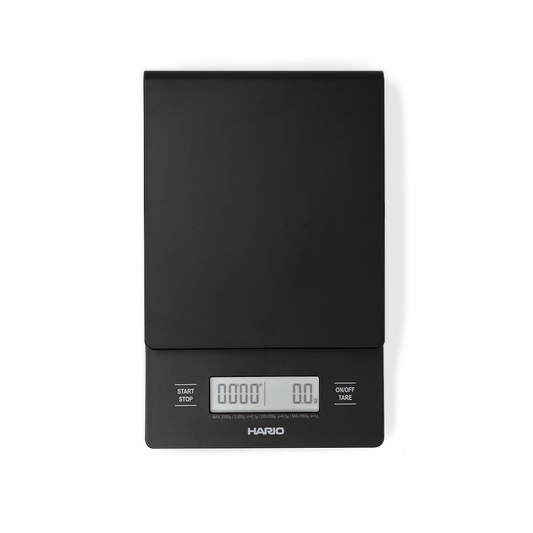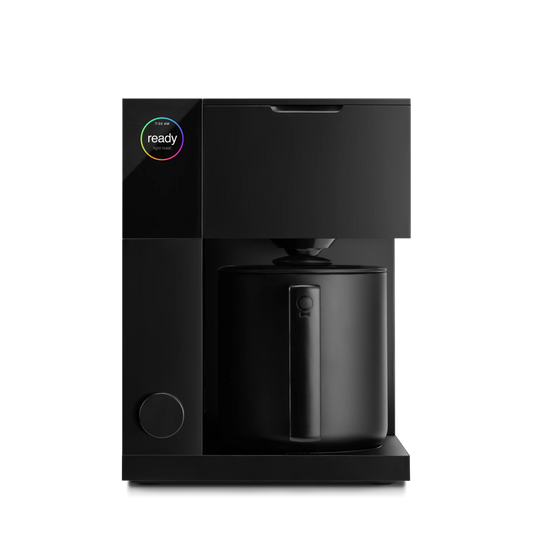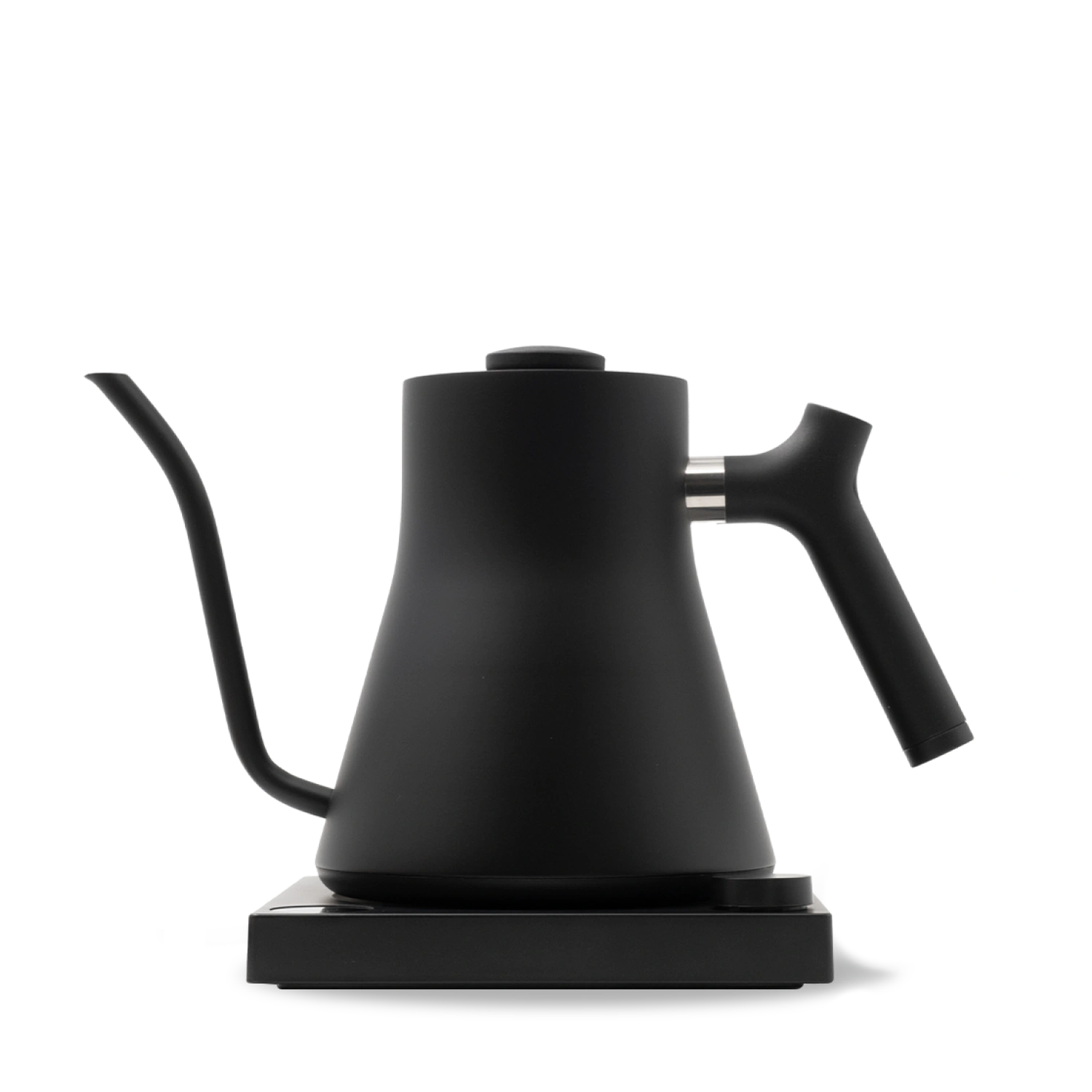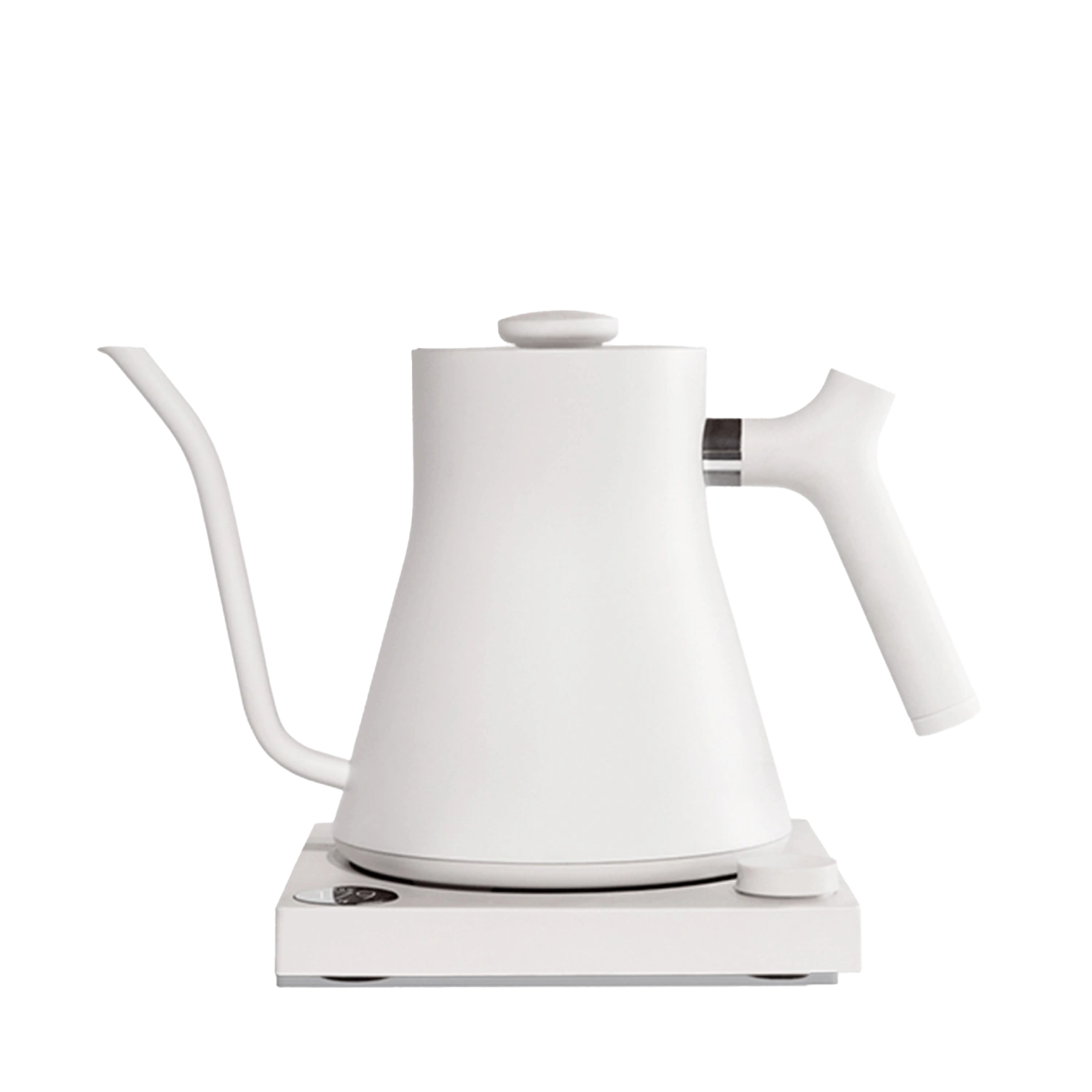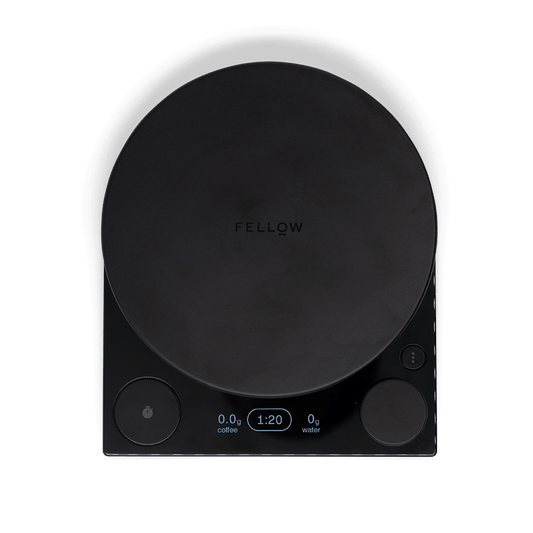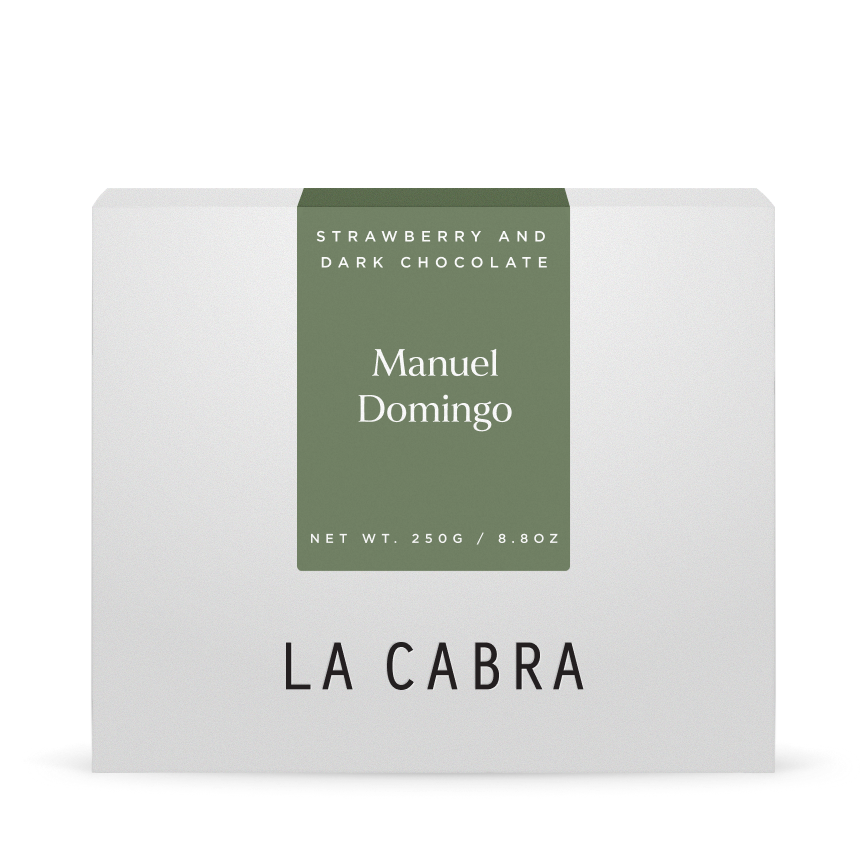

Manuel Domingo
Manuel Domingo grows coffee in the village of Concepción Huista. Many of our Guatemalan releases come from the Huista micro-region, due in part to the excellent quality, and to our partners from Primavera’s focus here, with a warehouse and lab located in San Antonio Huista to better support the producers of the region. Manuel inherited his farm recently, and converted it from growing food crops to coffee after seeing the potential of many other producers around him. The plot is only 1.5 hectares, and Manuel chose to plant 100% Caturra, protected from many diseases and pests by the very high altitude here, over 1900 masl.

Manuel uses a processing routine with a double soak, similar to that seen in Kenya. Coffee is first floated to remove foreign matter and low density cherries before de-pulping. The coffee is then fermented for 24 hours in open tanks before being thoroughly washed. In a similar step to many large processing stations in East Africa, the coffee is then soaked in clean water for a further 24 hours. This stabilises and equalises moisture content, and allows for a further sorting for lower density and defective coffee. This leads to a very clean and dense cup, where the profile has been somewhat softened, here reminiscent of very ripe strawberries and sweet and creamy milk chocolate.

Huehuetenango
Huehuetenango is located in the north-western highlands of Guatemala, and borders with Mexico. It is home to the highest altitudes in all of Central America, due to the presence of the Sierra de los Cuchumatanes mountain range, which peaks at 3837 masl. This creates lots of high altitude land to grow high-quality coffee, an important crop in an area where agriculture is the largest industry. A dry hot wind also blows in from the Tehuantepec plain in Mexico to the north, which protects crops from frost, allowing coffee to grow even higher up the slopes, often above 2000 masl. These high altitudes also lead to very beautiful scenery, something the area is known for, but also to a remoteness not found elsewhere in Guatemala.

9 different ancient Mayan dialects are still spoken here, and the region is home to some of the best preserved examples of Mayan architecture. The remoteness also makes sourcing coffee a challenge here, the journey to farms often takes days over unforgiving terrain, and would-be coffee buyers require knowledge of the local dialects, or an experienced guide. We have visited and worked with our Guatemalan partners at Primavera for the past nine years, and have been stunned by the beauty of both the coffees they have been sourcing, and of this captivating region.










